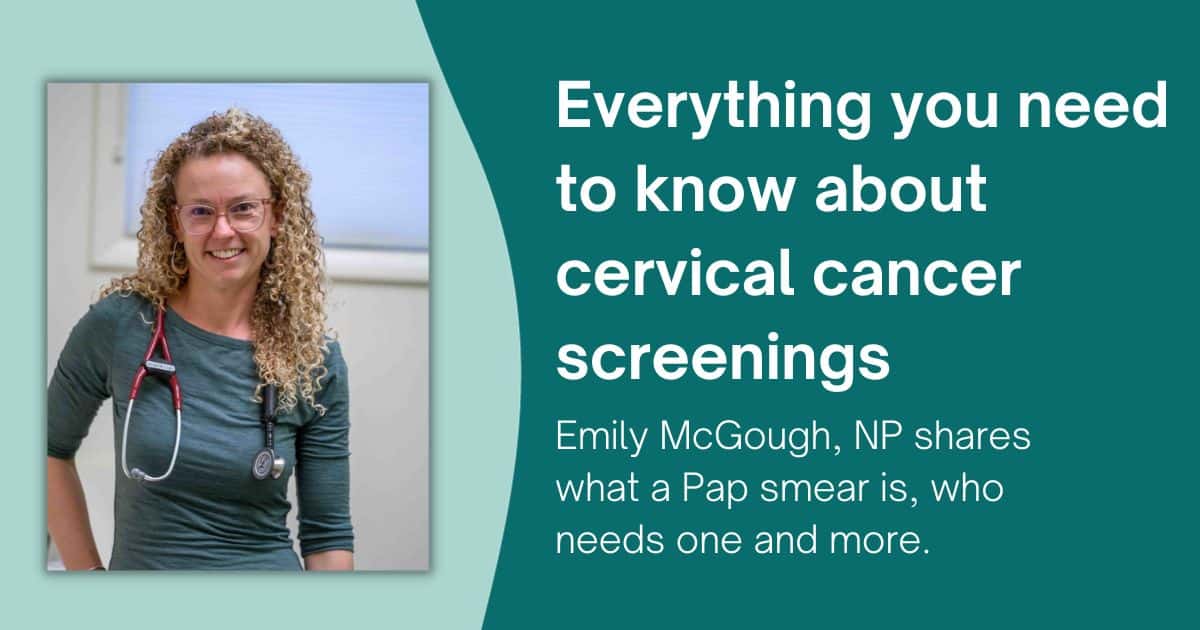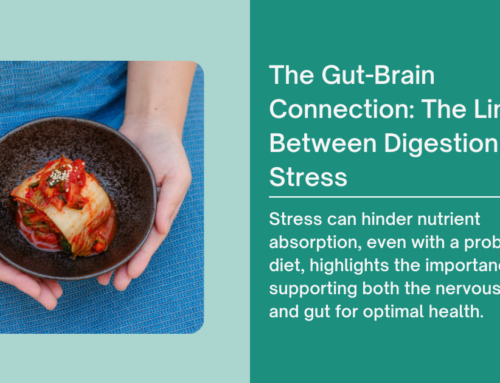Oh, the Pap smear…
Almost half of the population gets them. Many people dread them. But what is it for and why is it recommended?
What is a Pap smear?
The Pap smear is a preventive screening for cervical cancer. Dr. George Papanicolaou developed this test, which is a collection of cells from the cervix taken during a vaginal exam. A small brush or “broom” is used to lightly swab the surface of the cervix and then sent to a lab. Once in the lab, the sample is checked for abnormal cells (pre-cancerous or cancerous cells) and also for the presence of the human papillomavirus (HPV) in some cases. Based on these findings, we calculate the risk of developing cervical cancer and come up with a plan for recheck or for further evaluation.
Who should get a Pap smear?
Anyone who is age 21-65 who has a cervix. Some people who have had their cervix removed also may be candidates, so you should check with your provider if you fall into this category.
How often should I get one?
The current guidelines recommend a Pap every three years when you’re in your 20’s and every five years if you’re age 30 or over. If you have an abnormal result, the repeat time may be shorter but your provider can review that with you. Based on your age and your previous results, your Pap may or may not be tested for HPV.
Does my health insurance cover a Pap smear?
Almost all insurance covers routine preventive screenings, including a Pap smear. If you are not insured, we can help you navigate what funding is available to cover this important test.
What is HPV?
Human papillomavirus is the most common infection of the reproductive tract. Like many other viruses, HPV is an infection the body usually clears on its own within one-to-two years and many people never have any symptoms. However, when the body is not able to fend off HPV, it can sometimes lead to certain kinds of cancer. HPV is a known risk factor for cervical, vulvar, anal, and penile cancers, as well as cancers of the head and neck. There are over 200 different types of HPV, which are classified into high-risk and low-risk, based on their ability to cause cancer. There have been 12 types classified as high risk, types 16 and 18 being the most likely to cause cancers.
HPV is spread through sexual contact—anal, oral, and vaginal. The CDC reports over 85% of people will get HPV in their lifetime and many providers call it the “common cold” of sexually transmitted infections.
According to the World Health Organization 2022 position update on HPV, over 90% of cervical cancers are caused by HPV, nearly all anal cancers, 78% of vaginal cancers, 53% of penile cancers, up to 48% of vulvar cancers, and up to 60% of oropharyngeal cancers.
How do I avoid getting HPV?
The first vaccine to prevent HPV-related disease came out in 2006. There are now six authorized worldwide, the most common in the U.S. being Gardasil9. This is authorized starting at age nine for boys and girls. It is most effective when given prior to HPV exposure, before a child becomes sexually active. For kids age 14 and younger, two doses are recommended; whereas people age 15 and over should receive three doses to get full benefit from the vaccine. This is a very effective vaccine at preventing HPV related cancers. In one recent study, the risk of cervical cancer for women vaccinated before age 17 compared to unvaccinated women was 88% lower! The vaccine has similar benefits for all of the HPV-related cancers for all genders.
The National Immunization Survey from 2021 reports Colorado ranks eighth in the nation for HPV vaccination, with 69.2% of teens ages 13-17 having received all recommended doses of the HPV vaccine.
Condoms also may reduce the risk of HPV infection, but they are not as effective at preventing HPV as they are for HIV, chlamydia, gonorrhea, and syphilis.
Emily McGough is a board certified Family Nurse Practitioner and works in Primary Care.







